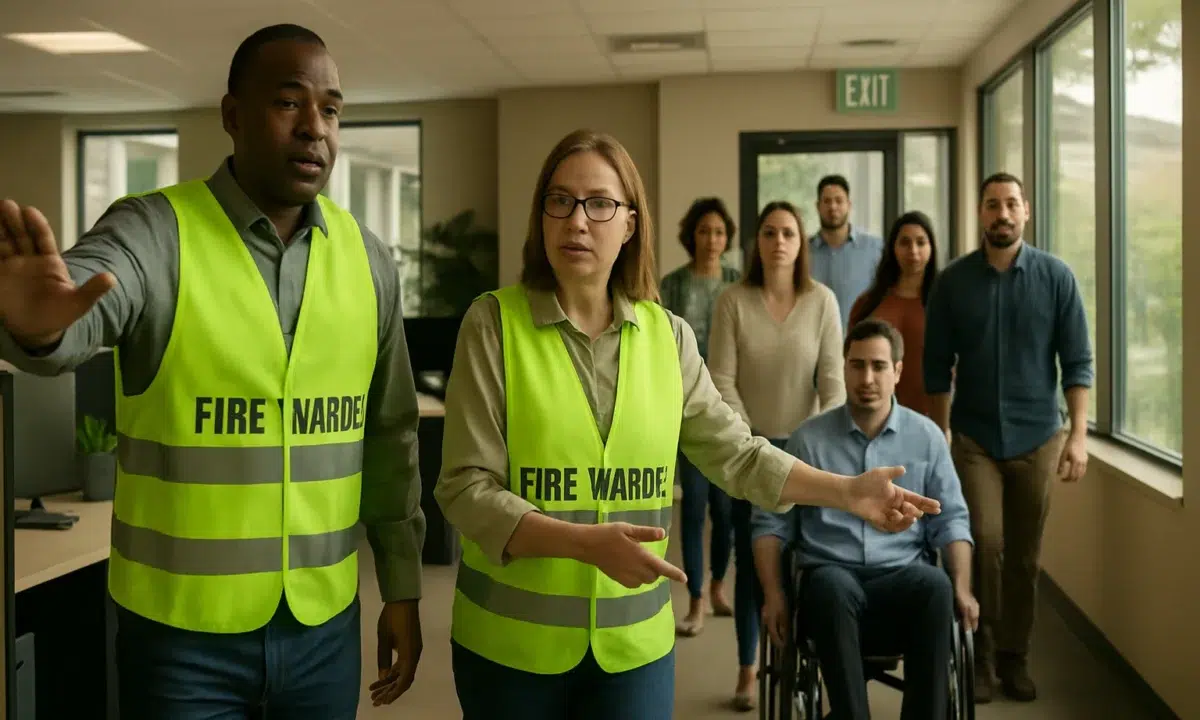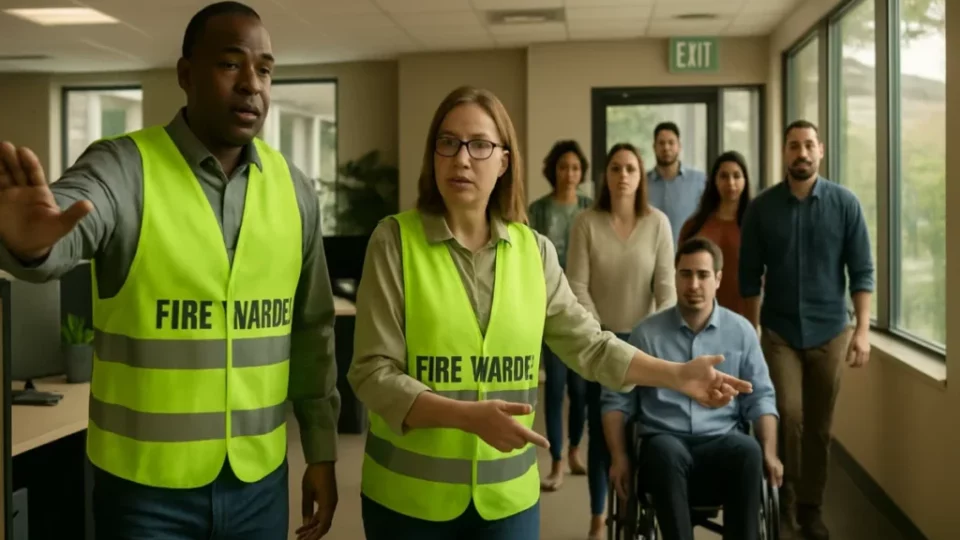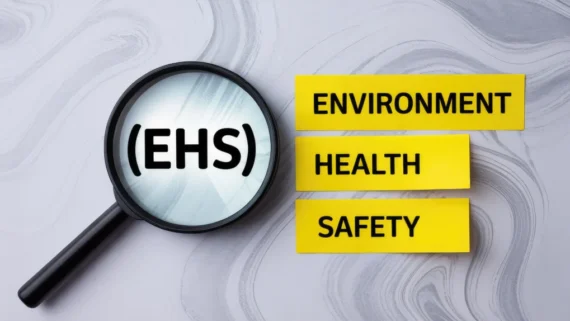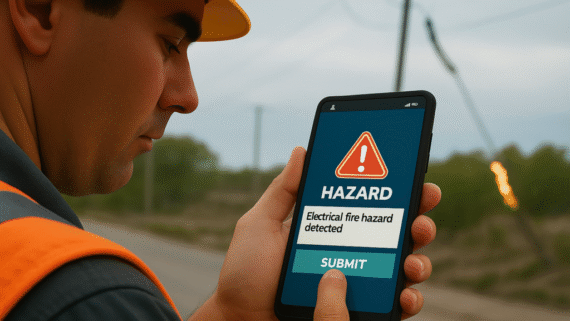Fire Drills in Canada: From Routine to Readiness

A fire drill might feel like just another scheduled interruption, but in Canada, it plays a vital role in emergency preparedness. Drills test how quickly and effectively your team can exit the premises and reveal obstacles that could pose real danger during a crisis.
More than policy requirements, fire drills help build confidence under pressure and reduce the risk of injury. In high-occupancy buildings or industrial environments, that readiness can mean the difference between order and chaos.
Why Canadian Workplaces Must Prioritize Drills
Whether you’re operating in Alberta, Ontario, or BC, fire drills are required under various provincial fire codes. Beyond that, they:
- Confirm evacuation plans are practical and known
- Test alarms and signage visibility
- Reinforce team roles like fire wardens or safety marshals
- Demonstrate due diligence in case of audits or incidents
“During our drill, we found a locked emergency door—something we wouldn’t have caught otherwise. It’s why we now run unannounced drills.” —EHS Lead, Calgary Facility
Running a Successful Fire Drill: The Canadian Way
- Identify the goal – Is your focus speed, role execution, or route effectiveness?
- Alert key personnel – Let safety teams and supervisors know in advance.
- Simulate the alert – Use the building’s alarm system to begin the drill.
- Guide the evacuation – Monitor crowd flow, exits used, and clarity of instructions.
- Perform a roll call – Account for all staff and note who needed assistance.
- Evaluate outcomes – Debrief, document results, and adjust your fire safety plan.
Mistakes Canadian Businesses Should Avoid
To make drills meaningful, don’t:
- Exclude part-time or third-party staff
- Skip communicating evacuation roles
- Forget accommodations for workers with disabilities
- Overlook updating procedures based on feedback

People Also Ask :
Are fire drills mandatory in Canada?
Yes. Fire codes across provinces require regular drills, especially in schools, offices, and industrial sites.
How frequently should companies run fire drills?
At least once a year—some industries or provinces recommend more frequent drills.
Should fire drills be announced or surprise events?
Both have benefits. Announced drills train staff; surprise drills test preparedness under pressure.
Who leads a workplace fire drill in Canada?
Usually the health and safety coordinator, with assistance from designated floor wardens.
Fire Drills Shouldn’t Be an Afterthought
Fire drills in Canada aren’t red tape—they’re a frontline defence. Practising evacuation procedures helps your people feel prepared and surfaces blind spots in your safety plan. The more seriously you take them now, the more likely your team will respond calmly and correctly when it matters.






























